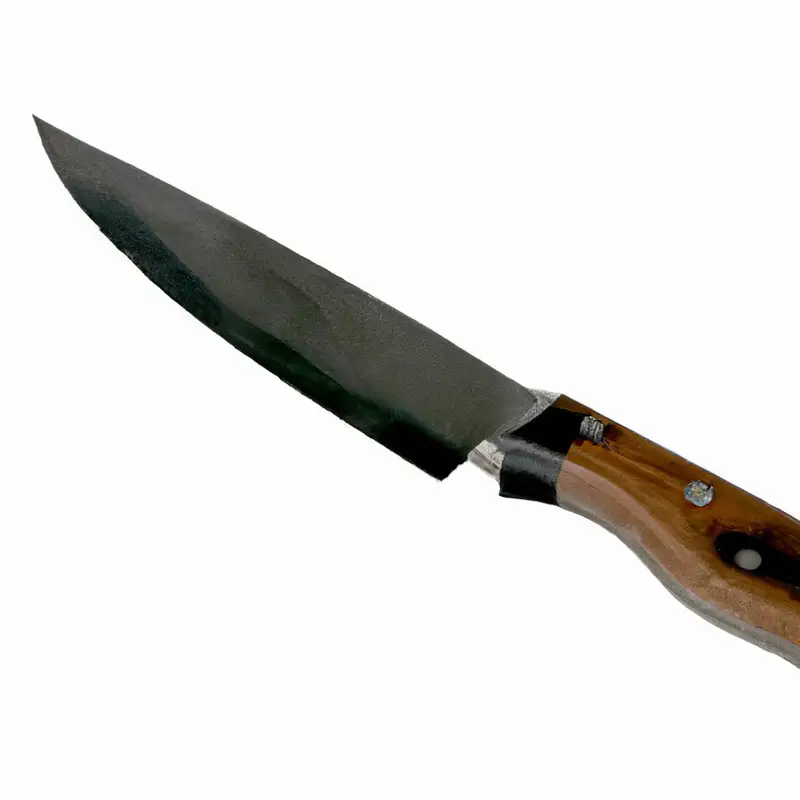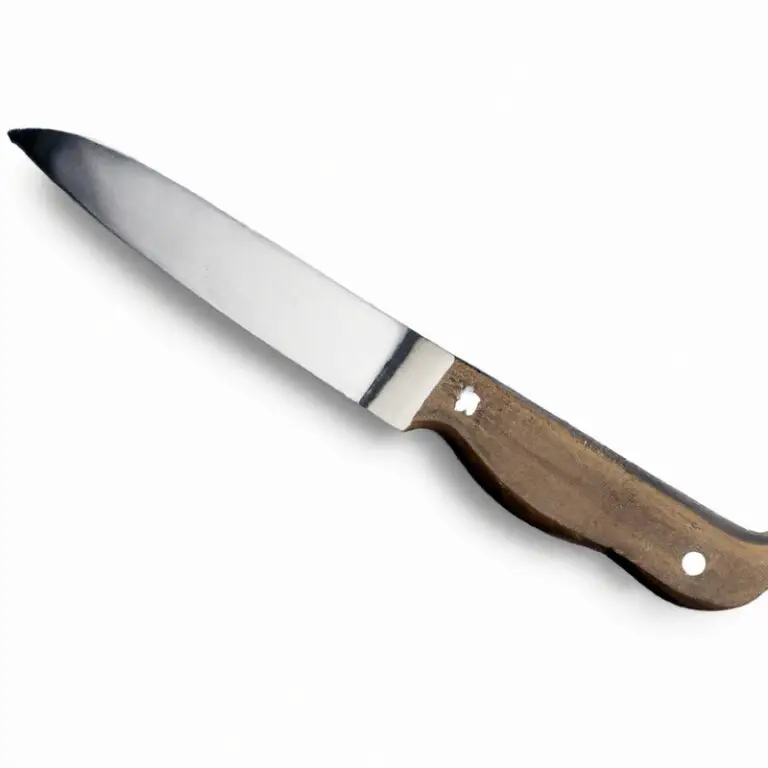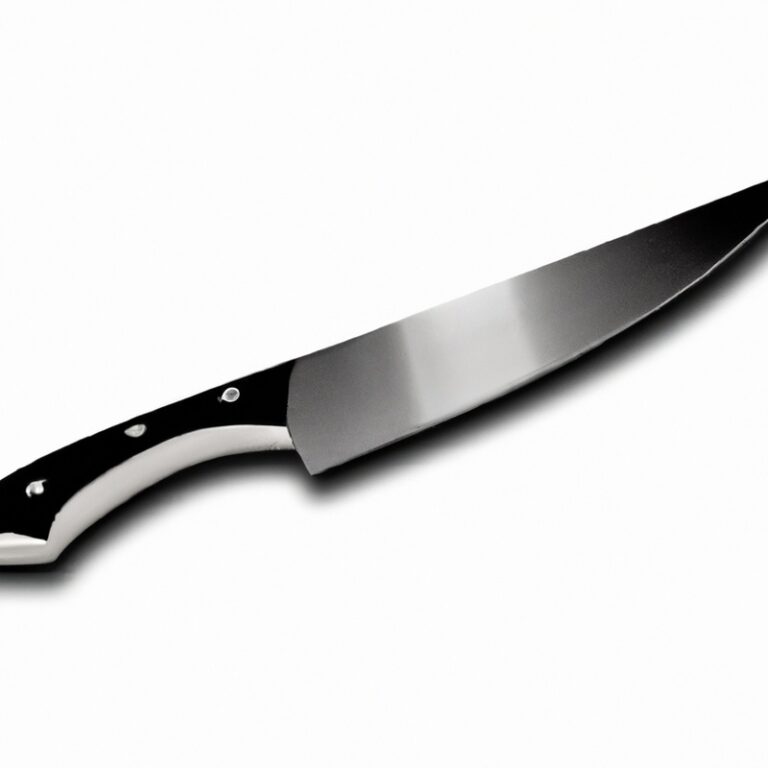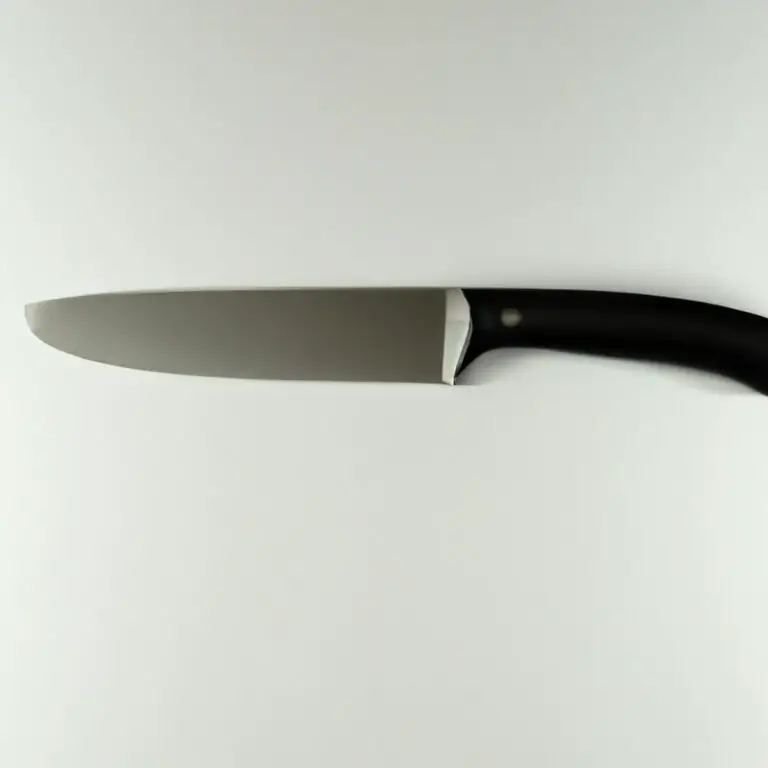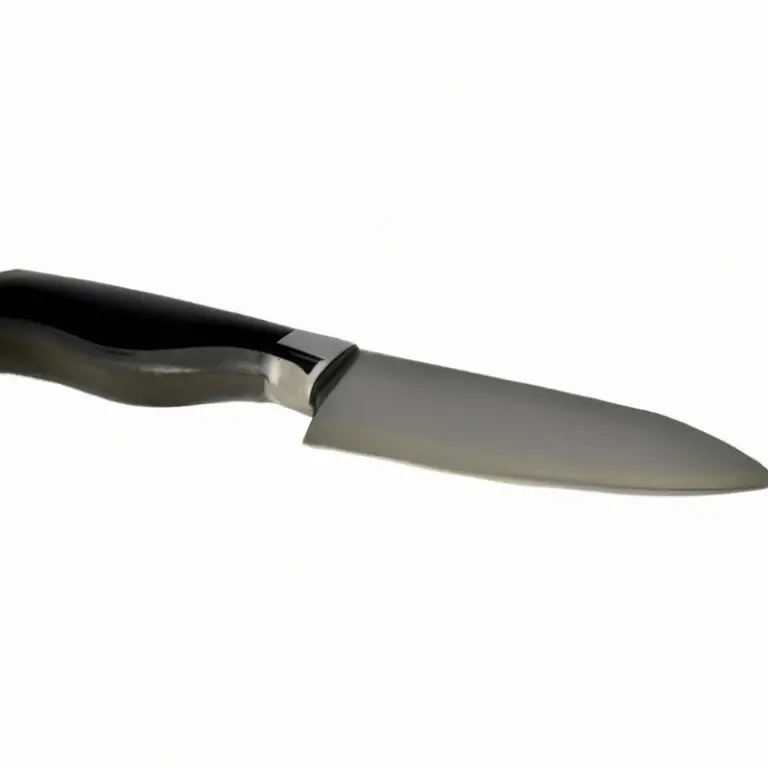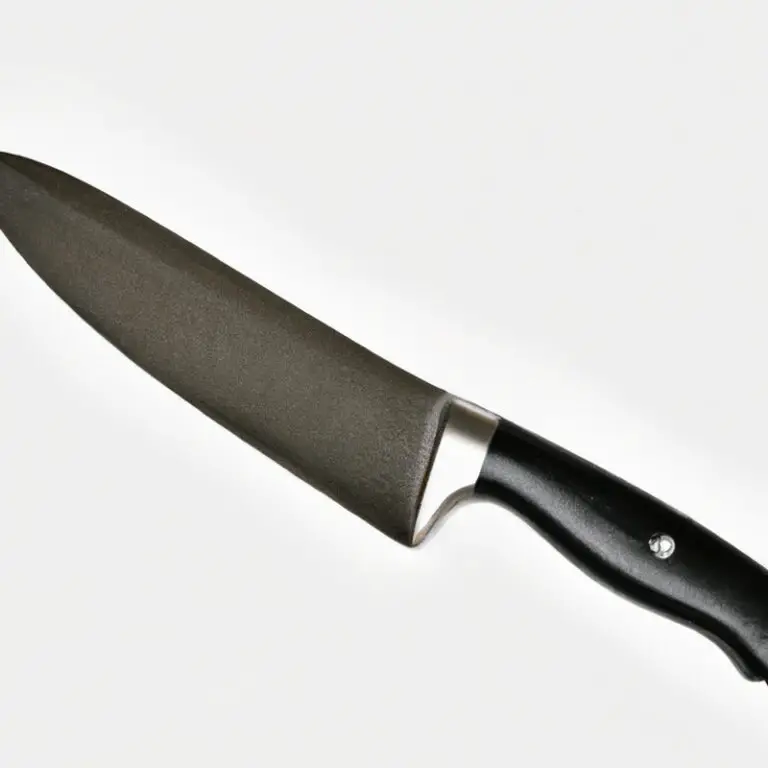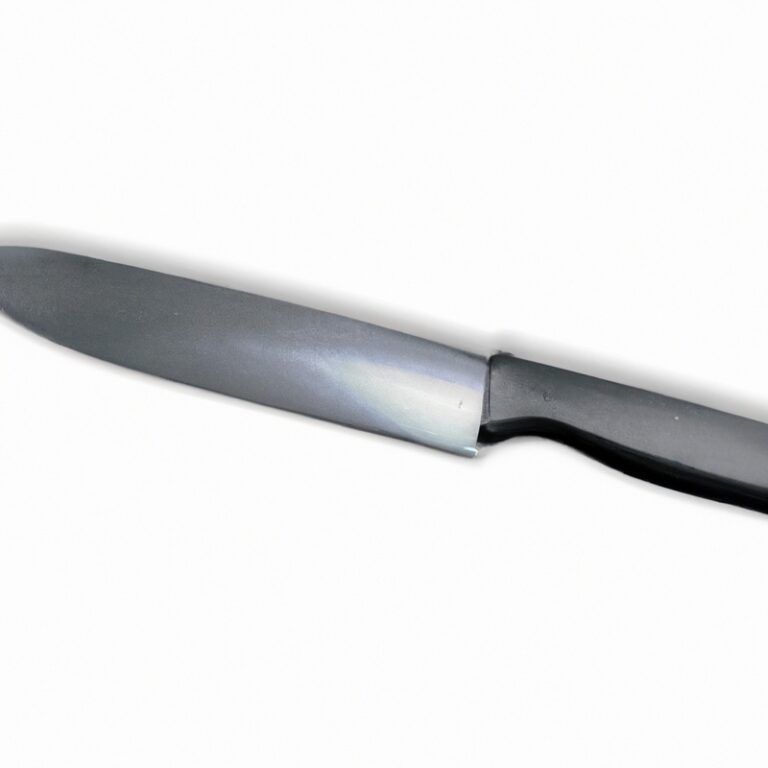Master The Technique Like a Pro!
Key Takeaways:
- A sharp fillet knife is essential for filleting skipjack tuna properly.
- To fillet a skipjack tuna, start at the head and make a cut to the backbone, then slide the fillet knife along the ribs to remove the flesh.
- Proper technique and knowledge of fish anatomy are crucial for efficient and safe filleting.
- Filleted skipjack tuna can be used in a variety of delicious recipes, from sushi rolls to grilled dishes.
Are you tired of buying prepared tuna fillets from the store? Have you ever tried filleting a Skipjack tuna at home?
It may seem daunting, but with the right technique and tools, it’s easier than you might think.
In this blog post, I will guide you through each step of the process, from selecting the right fillet knife to cleaning up your workspace. You’ll learn how to remove the head and tail, cut the flesh, separate the fillet from the bones, trim, skin, and debone the fillet.
So, let’s dive in and get started!
| Step | Description |
|---|---|
| Step 1 | Make a cut below the gills and pectoral fin and run the knife along the spine until you reach the tail. |
| Step 2 | Make a cut from the top of the spine to the belly. Make sure to not pierce the organs. |
| Step 3 | Use the blade to separate the flesh from the rib cage and cut towards the tail. |
| Step 4 | Flip the fish over and repeat steps 1-3 on the other side of the fish. |
| Step 5 | Remove the skin by cutting between the flesh and skin, gripping the skin with one hand, and pulling the flesh away from the skin with the other hand. |
| Step 6 | Trim any remaining unwanted parts of the flesh and enjoy! |
Selecting the Right Knife for Filleting
Selecting the right knife for filleting is crucial to ensure a successful and safe process. A fillet knife should be sharp and flexible, allowing for precise cuts along the bones and skin.
A blade size between 7-10 inches is ideal for a skipjack tuna, but ultimately, it depends on your personal preference and the size of the fish.
Choose a handle that provides a comfortable grip to avoid any slipping or accidents. Quality materials, such as high-carbon stainless steel or titanium, will increase the durability of the knife.
It’s recommended to invest in a reputable brand to ensure quality and longevity.
Proper maintenance of the knife, including sharpening and cleaning, will also extend its lifespan and effectiveness. Choose a knife that fits your needs and comfort level to achieve optimal results.
Setting Up Your Workstation
Setting up your workstation correctly is crucial when it comes to filleting a skipjack tuna with a fillet knife. Start by choosing a sturdy and stable work surface.
A cutting board made of a non-porous material, such as plastic or glass, is ideal, as it is easy to clean.
Ensure your cutting board is positioned on a flat and stable surface to avoid accidents. Place a damp kitchen towel or non-slip mat underneath the cutting board to prevent it from moving around during filleting.
Make sure you have easy access to sharp knives and cutting tools.
Place the fillet knife, boning knife, and other necessary tools within reach to help you work efficiently. Keep a bowl or container nearby for scraps and waste.
This helps keep your workspace clean and organized, and it’s also easier to dispose of scraps and waste once you’re done.
By setting up your workstation correctly, you are creating a comfortable and safe environment to fillet your tuna. This, in turn, will enable you to work efficiently, safely, and produce high-quality fillets.
Removing the Tuna’s Head and Tail
To remove the head of the skipjack tuna, place the fish on its side and cut through the gills, slicing towards the head. Make sure to cut deep enough to sever the spine.
Next, cut through the flesh near the tail and remove the tail by pulling it away from the body.
This will allow for easier access to the fillet. Discard the head and tail appropriately.
Starting the Incision on the Belly
To start the incision on the belly of the skipjack tuna, place the fish on its side with its head facing your dominant hand. Position the tip of the fillet knife on the belly, just behind the pectoral fin.
Slowly make a shallow incision along the belly, cutting towards the anal vent.
Be careful not to puncture the internal organs. To avoid making a mess, you can make a small cut on the tail and insert your index and middle finger.
Then, gently run your fingers along the backbone towards the head to loosen the intestines before removing them completely.
Starting the incision on the belly is crucial to filleting a skipjack tuna successfully. Make sure to take your time and use a sharp, flexible fillet knife to avoid damaging the fish’s flesh.
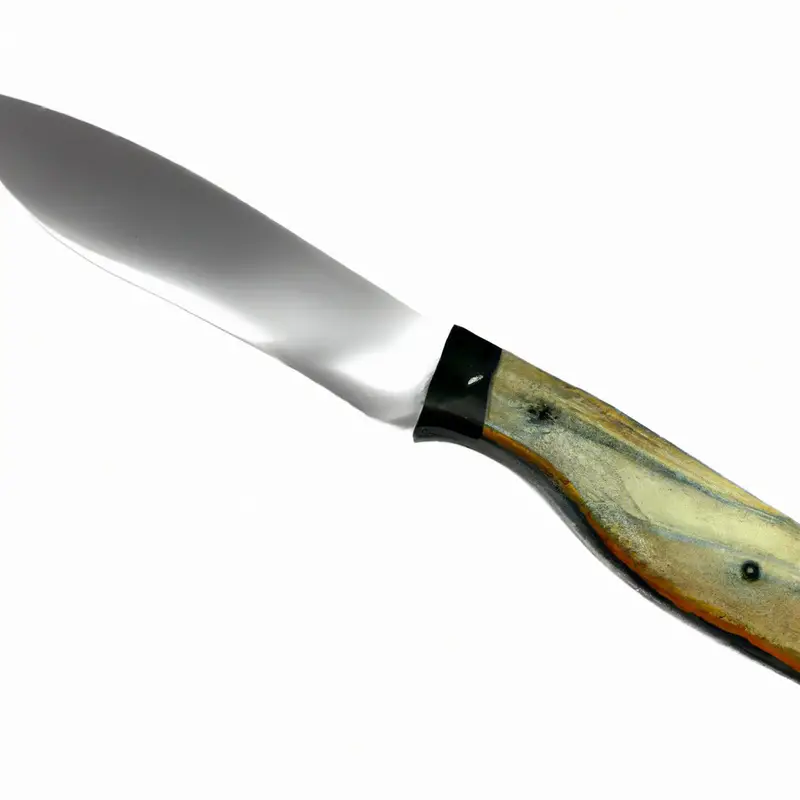
Cutting the Flesh Along the Spine
Next, it’s time to cut the flesh along the spine. Starting from the head end of the fish, use the fillet knife to slice through the flesh until you reach the backbone.
Then, use the blade to carefully guide it along the backbone, separating the flesh from the bone.
Take your time and be gentle, so you don’t waste any of the meat. Repeat this process on the other side of the fish to remove the second fillet.
Separating the Fillet From the Bones
To separate the fillet from the bones, use your fillet knife to cut along the rib bones until the fillet is released from the body of the fish. Be careful not to cut through the bones, as this can ruin the texture of the fillet.
It may be necessary to use a little pressure to separate the fillet, and it’s best to work slowly and methodically to avoid any mistakes.
Once the fillet is removed, repeat the process on the other side of the fish. When filleting larger tuna, it may be necessary to cut the larger fillets into smaller, more manageable pieces.
This can be done by cutting the fillet across the grain into manageable portions.
With practice, separating the fillet from the bones can be done quickly and efficiently, resulting in perfectly filleted skipjack tuna for your next meal.
Trimming the Fillet
After you have separated the fillet from the bones, the next step is to trim the fillet. This involves removing any remaining small bones or cartilage that may have been left behind during the filleting process.
Using a pair of pliers or tweezers, carefully feel for any bones or cartilage and remove them with a sharp knife.
It’s important to be thorough in this step to avoid any unpleasant surprises when consuming the fish. Once you have finished trimming, you can move on to removing the skin from the fillet.
Removing the Skin
After separating the fillet from the bones, it’s time to remove the skin from the tuna. To do this, place the fillet skin-side down on your cutting board.
With one hand, hold the tail end of the fillet firmly, and use your fillet knife to gently slice along the skin, starting at the tail end and moving towards the head.
Continue this motion while pulling the skin with your other hand until the skin is fully removed. Be sure to angle your knife slightly downward to avoid wasting any of the fish flesh.
With the skin removed, the fillet is now ready to be deboned.
Deboning the Fillet
To debone the fillet of a skipjack tuna, locate the pin bones in the center of the fillet. Grasp the bones with a pair of pliers or tweezers and pull them out firmly but gently.
Use your finger to feel for any remaining bones, and remove them in the same way.
Repeat the process on the other side of the fillet. Be careful not to cut through the flesh, as it will ruin the texture of the meat.
Once you have removed all the bones, use a sharp knife to trim away any remaining edges and fat for a clean and tidy presentation.
With practice, deboning a fillet should become easier, and you’ll be rewarded with delicious, boneless pieces of fish.
Cleaning Up Your Workspace
Now that you’ve successfully filleted your skipjack tuna, it’s time to clean up your workspace. Always remember that proper sanitation and organization are critical in maintaining a safe and hygienic environment.
Remove all the waste and debris and dispose of them properly.
Rinse your fillet knife and cutting board with hot water and dish soap, and then wipe them clean with a towel. Sanitize your equipment with a mixture of water and a few drops of bleach or vinegar.
Allow them to air dry completely before storing them.
Additionally, wipe your workstation with a disinfectant spray or wipe, paying paticular attention to the surfaces that were in direct contact with the fish. This step ensures that you remove any bacteria or germs that might have deposited on the surface during the filleting process.
By making sure you keep your workstation and equipment clean, you’re taking the necessary steps to maintaining a safe and healthy working environment!
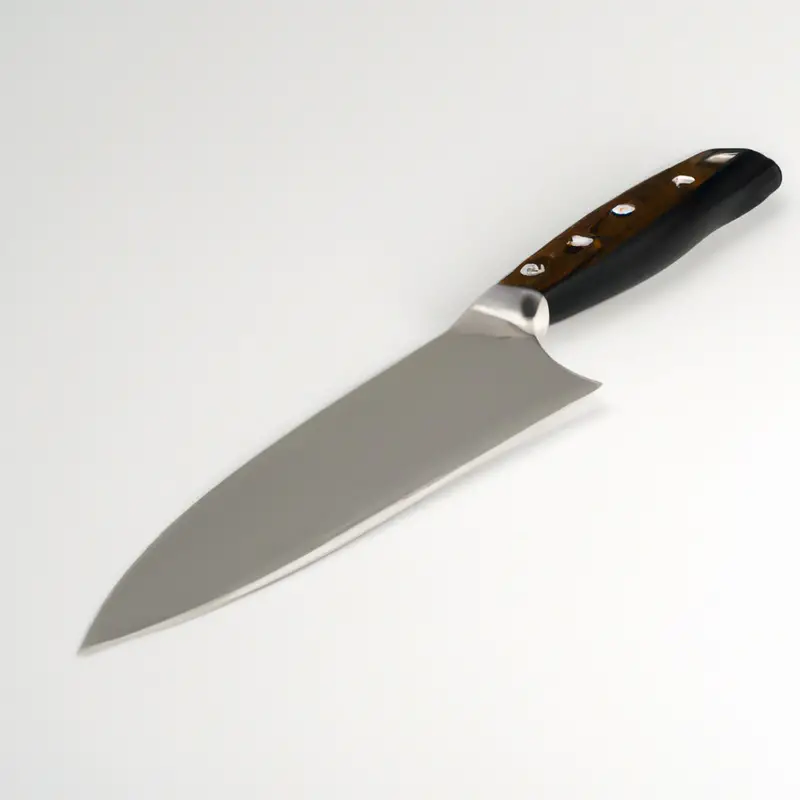
Final Verdict
Filleting a skipjack tuna can be a daunting task, especially for beginners. However, with the right tools and techniques, it can be a rewarding experience.
Choosing the right knife, setting up a clean workstation, and following the step-by-step process can ensure that you produce a succulent and professional-looking fillet.
As an expert in this area, I recommend investing in a high-quality fillet knife and practicing regularly to perfect your technique. Remember to always prioritize safety and cleanliness while handling raw fish.
I hope that this guide has provided you with the necessary information to start filleting a skipjack tuna like a pro.
With dedication and patience, you can master this skill and impress your friends and family with the perfect fillet every time.

